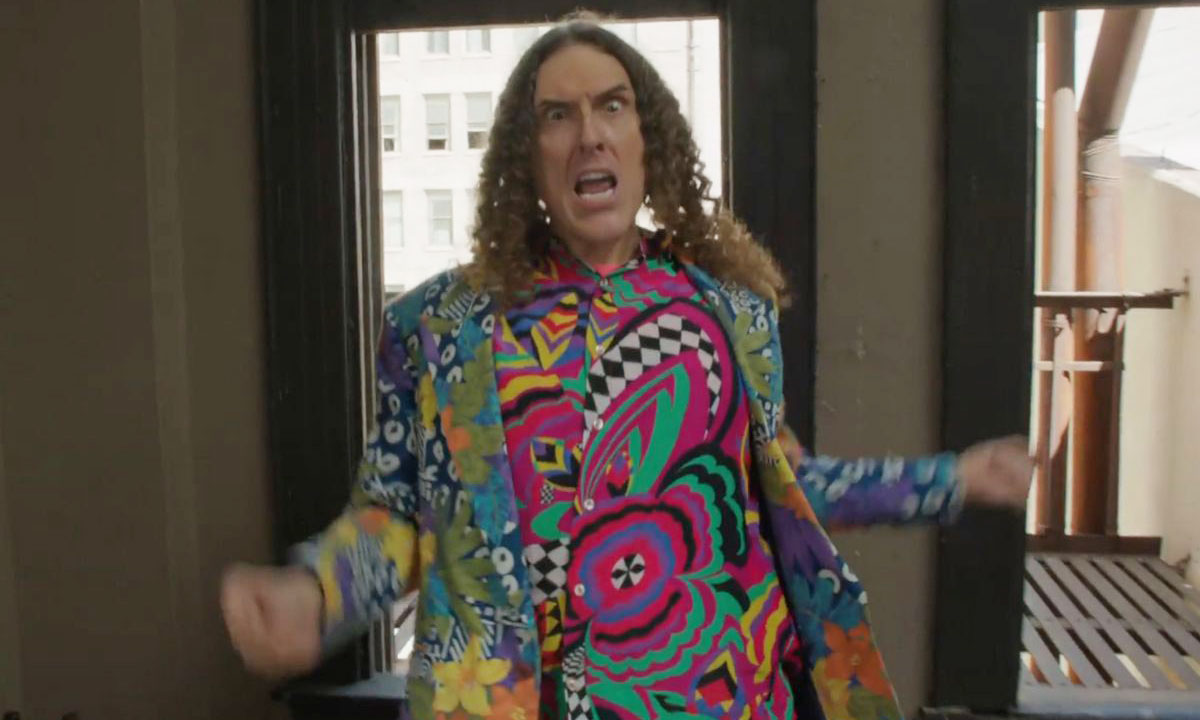
Content Marketing: How Weird Al Won by Spreading the Wealth
Last week, pop parodist "Weird Al" Yankovic took over the internet with a series of clever music videos. Behind those videos, however, was the kind of online content marketing strategy we're all trying to create for ourselves.
On Friday, I successfully got an unusual pitch through the Associations Now editorial machine: A bit on Taylor Swift, album sales, and where her opinions on the industry dovetail with those of the Recording Industry Association of America. (It actually got a decent number of clicks, which tells me one thing: Association executives are closet Taylor Swift fans. I knew it.)
The article’s point: If you listen to the music industry’s own trade group, Swift’s optimistic music-industry views are more right than people gave her credit for when she wrote those views down for the Wall Street Journal.
But here’s the weird thing: As I was writing this piece, I found myself having an internal debate about whether I should mention an artist who defined the tenor of the pop-culture conversation last week. And who, it should be noted, has his own take on Swift’s work.
He did this by knowing how to connect the dots and seeing things with a broader eye than everyone else.
Weirdly Effective
Pop parodist “Weird Al” Yankovic did something impressive, essentially winning the internet with a series of music videos, released over the span of eight days, that featured celebrities, pitch-perfect pop song parodies, grammar lessons, and the requisite tackiness. Here’s the Pharrell parody “Tacky,” arguably the best of the bunch:
Something I’ve mentioned to a bunch of people about what he did is that it was content marketing—and a very elaborate form of it. Instead of simply posting through his YouTube channel as he had done in the past, he coordinated with numerous companies to make videos for him, released those videos one after another, and in the process, created a mainstream tour de force.
The best part? He saved a huge amount of money by allowing these companies to keep the profits from all those ad-laden video streams. He convinced Funny or Die, Nerdist, and Yahoo to foot much of the bill for his viral takeover, stretching out his marketing budget to Beyonce-like levels.
“They’re all looking for content and I’m looking for a video, so we partner and it’s a win-win situation,” Yankovic told Fox Business host Stuart Varney last week.
But just because he’s not getting ad revenue doesn’t mean he goes away empty-handed. Instead, the accordion virtuoso gets something a little different out of the whole thing—people to buy his album and go to his shows.
The strategy worked. As of this past Friday, Al’s Mandatory Fun was on track to debut in one of the top two positions on the Billboard 200 chart, ensuring the most successful single sales week in his entire 35-year career. (Update: He successfully topped the charts, selling more than Jason Mraz and expressing disbelief in the feat on Twitter.)
It’s an unheard-of late-career blossoming for a musician who’s been doing this since before many of his current parody targets were even born.
Connect the Dots
Whether or not you’re a fan of Yankovic’s Hawaiian shirts, broad humor, or odd demeanor, you have to admit that he did what many of us hope to do with our own marketing efforts. (If you do find Al’s eccentricities appealing, be sure to watch UHF sometime. Totally underrated film.)
He made himself relevant to the broadest possible audience, he earned a ton of press, and embraced that—even if he can’t own MTV like he once did with earlier hits like “Eat It” and “Amish Paradise”—he can still create a big push very quickly. And he did this by knowing how to connect the dots and seeing things with a broader eye than everyone else. (He even hit niche audiences with his strategy—for example, giving an exclusive to the Wall Street Journal with his final clip, the corporate-speakish CSNY parody “Mission Statement.” Talk about synergy.)
This strategy is definitely possible for associations, too. Last week, I had a chance to touch base with the National Retail Federation (NRF), which recently joined forces with The Gap—perhaps one of the federation’s most famous members—to leverage one another’s Instagram presences. You can read highlights from my interview right here, but NRF Senior Director of Strategic Initiatives Margaret Case Little really nailed it with her take on why this approach works so well:
The beauty of our partnership with Gap Inc. is that both organizations are working toward the same goal: to showcase the diversity and opportunity retail careers provide and to recruit talented young people who may have never considered positions within the industry.
In other words, by taking advantage of an existing relationship, it’s possible to build a stronger base than you can build on your own—and use that to sell a more effective message.
Weird Al has a massive Rolodex of people he can bug, and those people (Jack Black, Margaret Cho, Patton Oswalt) showed up in his videos last week. The folks he doesn’t know, he’ll simply approach, knowing his solid track record can smooth things over. (He did just this with “Fancy” rapper Iggy Azalea last month.)
This is how we need to think about our social marketing efforts. It’s not like we’re building from nothing here—our industries are so connected already. The secret here is to leverage what’s already there, creatively.
We may not have 3.3 million followers on Twitter, but our Rolodexes are pretty impressive, too.
A scene from Weird Al's "Tacky" video. (Nerdist screenshot)






Comments